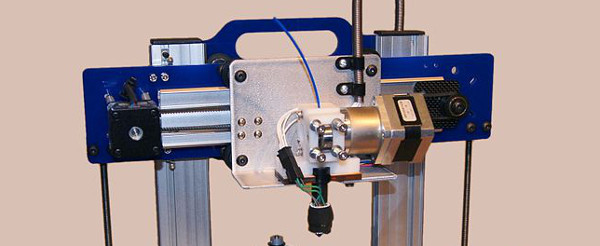
3D printing vendors have produced no "compelling" application in the consumer market despite the on-going hype attached to cheaper, household models.
This could see firms such as 3D Systems, Stratasys and Afinia struggle to kick off sales, according to Pete Basiliere, a research director at analyst firm Gartner.
"There’s nothing really compelling from a consumer perspective. If you need a replacement part for your kitchen cabinet or latch on your dishwasher or oven, you can go to the hardware store or go online and buy that. You don’t necessarily have to build it," he told CBR.
"The same holds true with gifts, you could go to the store to buy a gift or go online but a lot of people are making their own things so there’s a place for having a 3D printer in the home."
When asked what kind of applications would capture the imagination of consumers, he pointed to applications that support education.
"I think one of the best uses for 3D printers in the home is to compliment your child’s education. For example, projects that are being done for school, particularly for secondary education or university, where students are being exposed to design and engineering," he said.
"If you have a child in high school or college, having the ability to print a model that you worked on as part of a classroom curriculum has real value."
He went on to say that a compelling consumer application would surface by 2016.
While 3D printing has been around for more than 30 years, the industry has received a lot of attention with the recent availability of consumer printers.
A study by analyst firm Juniper Research suggested sales will jump from an estimated 44,000 this year to one million by 2018 as prices fall and more established printing vendors, such as HP, enter the market.






